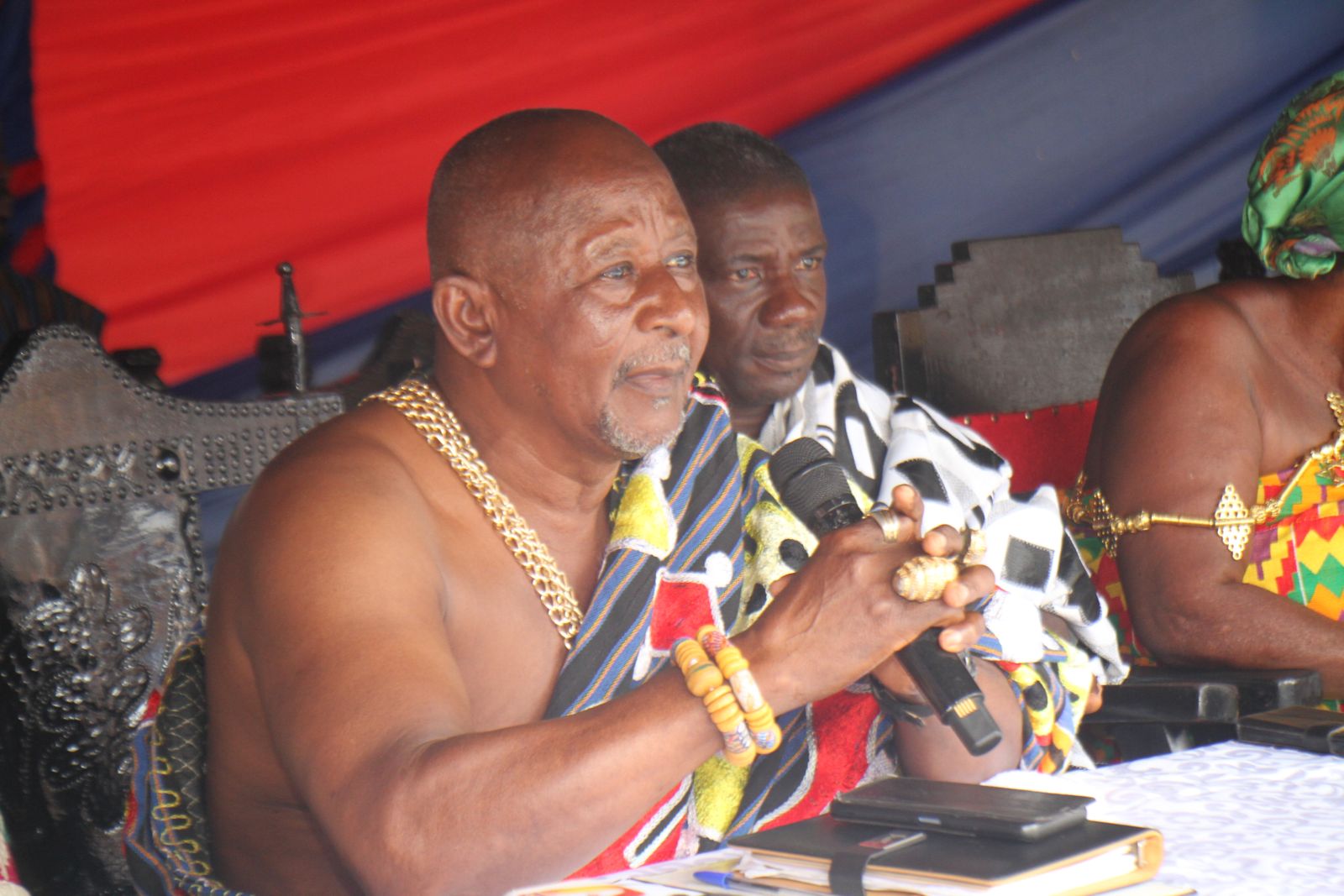- Hong Kong's New World Development shares surge 23% after CEO resigns
- Oil prices fall as expectations of higher supplies hammer market sentiment
- Dollar drifts, risk-sensitive currencies lifted by China optimism
- Gold, silver head for weekly gains on U.S. rate-cut momentum
- OpenAI CFO tells investors funding round should close by next week despite executive departures
What do you believe is the single most important factor driving up the cost of living in Nigeria?
Like people, bacteria have their preferences when it comes to relationships. Some are totally independent, while others prefer company. Salmonella and many other kinds of bacteria are of the social type: They can live and even thrive inside a host cell. But unlike us, these bacteria do not spend a long time wooing the cell in the hope that it will welcome them in. Instead, they inject proteins that take control of the host cell's systems.
In recent years, thanks in part to studies conducted by Prof. Roi Avraham's team at the Weizmann Institute of Science, researchers have identified differences among the proteins that various bacterial subspecies inject into their hosts, which could explain why some of these subspecies are more virulent than others. For example, there are more than 2,500 subspecies of salmonella, but only a handful of them cause life-threatening disease.
In a paper published in the Proceedings of the National Academy of Sciences, scientists from Avraham's team presented a new research method that shines fresh light on the relationship between bacteria and their host cells—and reveals what makes some bacteria particularly virulent.
Over the past decade, scientists have gained the ability to examine molecular processes at an unprecedented resolution, revolutionizing research in the life sciences. New methods of sequencing genetic material on the single-cell level have contributed to this revolution. But existing tools cannot be used to apply single-cell RNA sequencing to examine all the molecular relationships between thousands of bacterial subspecies and the no-less impressive array of hosts.
To map the differences in virulence and disease-causing ability between the various subspecies of salmonella, for example, researchers need to sequence the DNA of the bacterial cells on the single-cell level, do the same for the DNA of the specific host cells that were infected, and match up the findings of guest and host, which amounts to a daunting task.
















